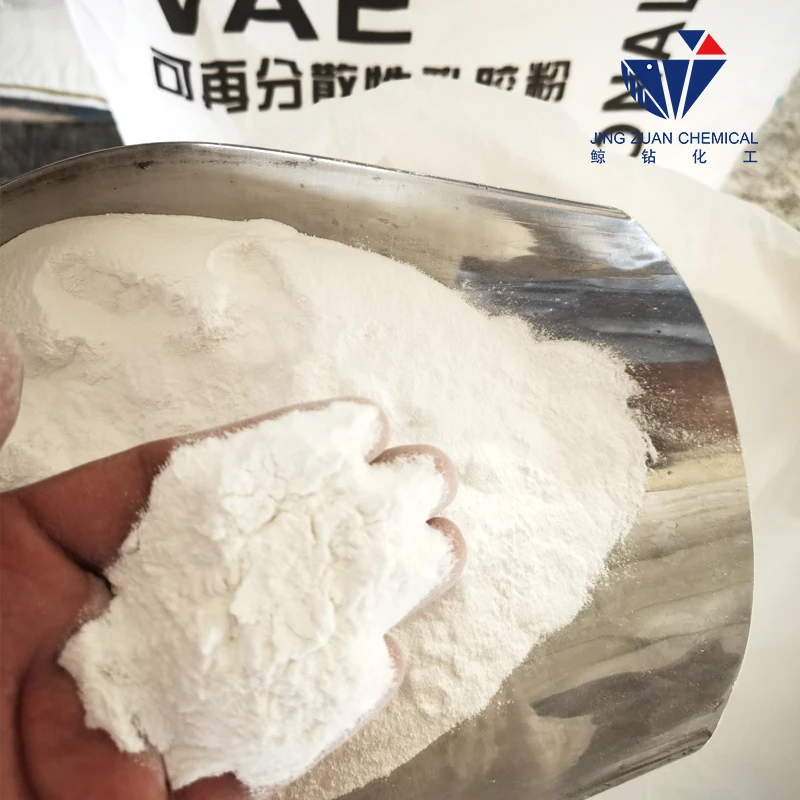
Dec . 11, 2024 09:28 Back to list
Exploring Advanced Applications of HPMC for Various Industrial Uses and Formulations
Exploring HPMC 4000 Applications, Benefits, and Future Directions
Hydroxypropyl Methylcellulose (HPMC) is a versatile cellulose derivative extensively used in various industries, ranging from food and pharmaceuticals to construction and personal care. Among the different grades, HPMC 4000 has garnered attention for its unique properties and applications. This article aims to explore the characteristics, benefits, and prospective future developments of HPMC 4000.
Characteristics of HPMC 4000
HPMC 4000 is characterized by its high viscosity and solubility in both cold and hot water, making it an ideal thickening agent, emulsifier, and stabilizer. With a molecular weight of approximately 4000 Da, it exhibits excellent mechanical properties and can enhance the texture and stability of formulations. Generally, HPMC 4000 is available in powder form and can be easily incorporated into various products.
Applications in the Pharmaceutical Industry
One of the primary applications of HPMC 4000 lies in the pharmaceutical sector. It is widely used as a film-forming agent in the formulation of tablets and capsules. Its ability to control the release of active pharmaceutical ingredients (APIs) makes it an indispensable component in controlled-release drug formulations. By providing a tailored release profile, HPMC 4000 improves therapeutic outcomes and patient compliance.
Additionally, HPMC 4000 acts as a binder and a disintegrant in tablet formulations, enhancing the tablet hardness while ensuring rapid disintegration upon ingestion. This balance between mechanical strength and bioavailability is vital in developing effective oral dosage forms.
Uses in the Food Industry
Beyond pharmaceuticals, HPMC 4000 has found its niche in the food industry. It is widely employed as a food thickener, stabilizer, and emulsifier. Its capacity to modify the texture of food products makes it a popular choice in salad dressings, sauces, and frozen desserts. HPMC 4000 helps maintain the desired viscosity and stability, ensuring quality and consistency in food products.
hpmc 4000

Moreover, as a non-toxic and soluble dietary fiber, HPMC contributes to functional foods aimed at promoting health and wellness. Its presence in food formulations allows for the reduction of fat content while maintaining the desired texture, catering to consumer demands for healthier options.
Applications in Construction and Personal Care
The construction industry also benefits from the properties of HPMC 4000. It is commonly used in cement-based products as a water-retention agent, which helps prevent cracking during curing. Additionally, it improves the workability of mortar and tile adhesives, facilitating smoother application processes. By enhancing the performance of construction materials, HPMC 4000 contributes to the durability and longevity of buildings.
Similarly, in the personal care sector, HPMC 4000 is utilized in various cosmetic formulations. Its thickening properties help to stabilize emulsions, deliver a luxurious texture, and enhance product performance. From lotions to shampoos, HPMC 4000 plays a critical role in improving product stability and sensory attributes.
Environmental Considerations and Future Directions
As sustainability becomes a focal point for industries, the use of HPMC 4000 aligns well with eco-friendly practices. Derived from renewable resources, HPMC is biodegradable and poses minimal environmental risks. Companies are increasingly adopting HPMC-based formulations as they seek greener alternatives to synthetic additives.
Looking forward, research in the field of HPMC 4000 is likely to expand its applicability. Innovations in nanotechnology may lead to enhanced formulations that utilize HPMC as a carrier for nanomaterials. Such developments could improve drug delivery systems, food encapsulation techniques, and cosmetic applications, opening doors for more effective and sustainable products.
Conclusion
HPMC 4000 stands out as a versatile, effective, and environmentally friendly ingredient across various industries. Its unique properties make it essential in pharmaceuticals, food, construction, and personal care applications. As research continues to unlock new potentials for HPMC 4000, its significance is bound to grow in an ever-evolving market focused on sustainability and innovation. The future of HPMC 4000 looks promising, paving the way for more effective, high-quality formulations that meet the rising expectations of consumers and regulatory standards.
-
Versatile Hpmc Uses in Different Industries
NewsJun.19,2025
-
Redispersible Powder's Role in Enhancing Durability of Construction Products
NewsJun.19,2025
-
Hydroxyethyl Cellulose Applications Driving Green Industrial Processes
NewsJun.19,2025
-
Exploring Different Redispersible Polymer Powder
NewsJun.19,2025
-
Choosing the Right Mortar Bonding Agent
NewsJun.19,2025
-
Applications and Significance of China Hpmc in Modern Industries
NewsJun.19,2025







